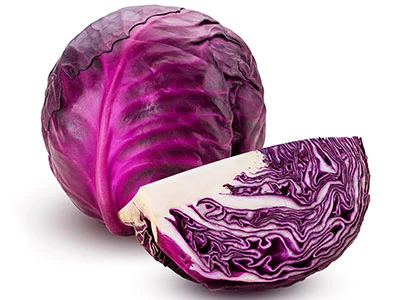Project Report For Red Cabbage Farming
Introduction
Project report for Red Cabbage Farming is as follows.
Red cabbage, also known as purple cabbage, is a variety of common cabbage (Brassica oleracea) that is characterized by its deep red color and robust flavor. In India, red cabbage is primarily grown in the states of Himachal Pradesh, Uttarakhand, Jammu, and Kashmir.
The cultivation of red cabbage in India is typically done in hilly regions, as the plant prefers cool temperatures and high altitudes. The soil should be well-drained and rich in organic matter, and the plants should be spaced at least 60cm apart to allow for proper growth.
Red cabbage is a relatively low-maintenance crop and does not require significant inputs in terms of fertilizers and pesticides. However, it is important to protect the plants from pests and diseases, such as aphids, whiteflies, and clubroot. The ideal time for planting red cabbage in India is during the winter months, from October to December. The plant takes around 80-90 days to mature and can be harvested from February to April.

Red cabbage is a nutritious vegetable, rich in Vitamin C, Vitamin K, and antioxidants. It is a versatile ingredient that can be eaten raw or cooked and is often used in salads, coleslaws, sandwiches, and stir-fries. The demand for red cabbage is increasing in India, as it is gaining popularity as a healthy and delicious food. However, the production of red cabbage in India is still relatively low, and the country imports a significant amount of red cabbage from other countries to meet the demand
Project Report Sample On Red
Cabbage Farming
Get Completely Custom Bankable Project Report
In order to increase the production of red cabbage in India, it is important to focus on research and development to improve the yield and quality of the crop. This can be done by introducing new varieties of red cabbage that are more adapted to Indian conditions, and by providing farmers with training and support in terms of best practices for cultivation. In addition, the government can also play a role in promoting the cultivation and consumption of red cabbage in India, by providing subsidies and incentives to farmers, and by creating awareness about the nutritional benefits of the vegetable.
Market Potential Of Red Cabbage Farming
In 2021, Indian agriculture market value of INR 22,516 billion. The market is predicted by IMARC Group to grow at a CAGR of 10.5% from 2022 to 2027, reaching INR 41,148.7 billion.
Expenses

Product Cost Breakup

Reveneue Vs Expenses

Market Trend

The market potential for red cabbage farming in India is relatively strong due to the increasing demand for vegetables in both domestic and export markets. The unique color and nutritional value of red cabbage make it a popular choice for consumers and food processors. The vegetable is high in Vitamin C, Vitamin K, and antioxidants, making it a healthy and versatile ingredient for salads, sandwiches, and other dishes. In terms of export potential, India has a large and growing agricultural export market, particularly in the Asia-Pacific region.
Red cabbage, as a high-value vegetable crop, could be well-positioned to tap into this export market. With proper infrastructure and logistics in place, Indian farmers could potentially export red cabbage to countries such as Japan, South Korea, and China, where there is a growing demand for high-quality, healthy food products.
However, for Indian farmers to take advantage of this potential market, they will need to invest in the necessary infrastructure and logistics to produce and export red cabbage at a competitive price. This includes investing in proper storage facilities, transportation, and packaging to ensure that the vegetable reaches international buyers in good condition. Additionally, farmers will need to comply with international food safety and quality standards, such as Global G.A.P., to ensure that their products meet the requirements of international buyers.
One of the major advantages of red cabbage farming in India is the availability of suitable land and climatic conditions. The crop can be grown in a variety of soils and does well in cool, temperate regions. India has many such regions, particularly in the northern and western parts of the country, where red cabbage can be grown successfully.
